I miss the good old days of email... there, I said it
Lamenting the death of long-form emails in favour of emoji and WhatsApp chats
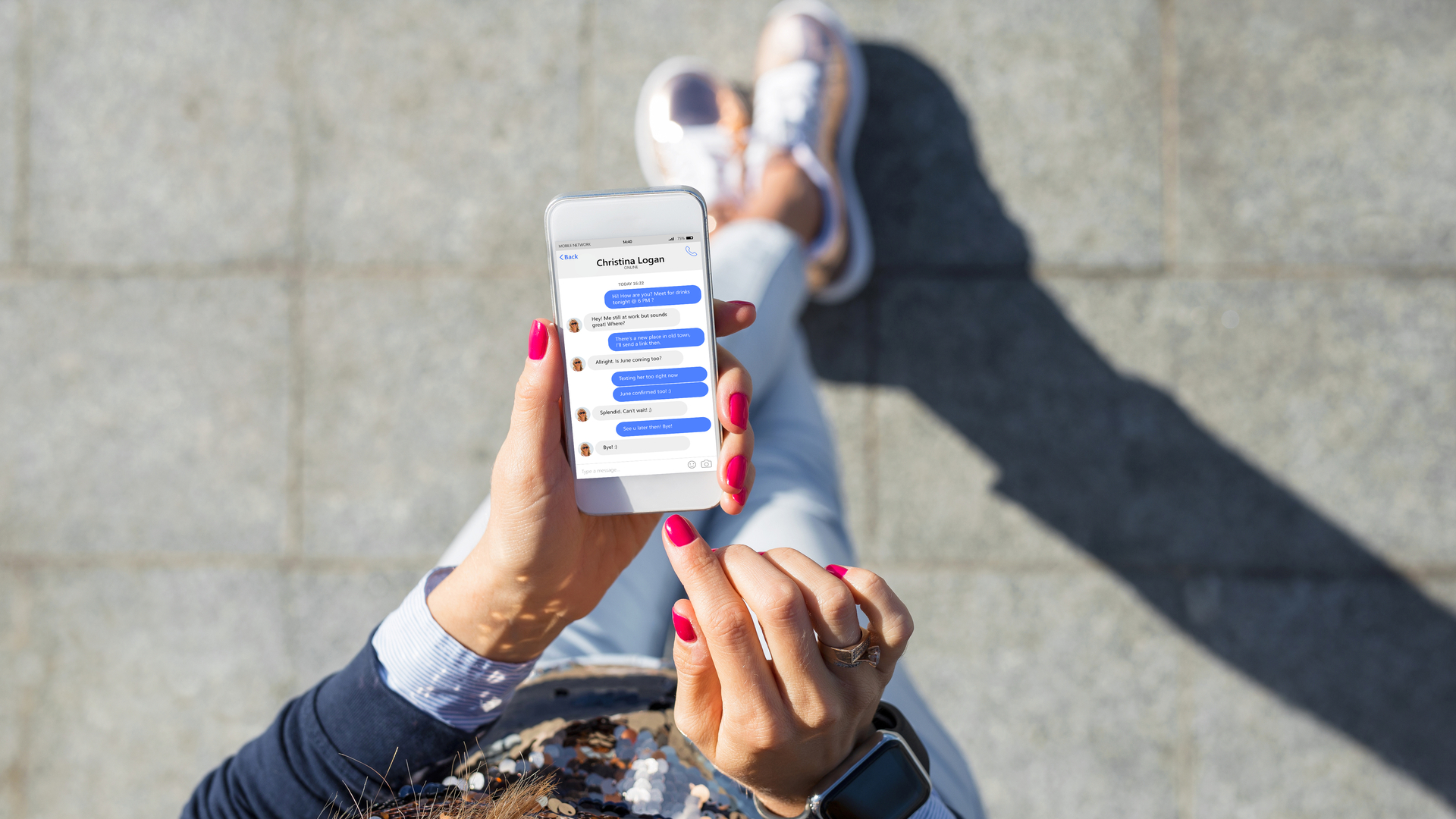

The death of email is frequently heralded, and it's no surprise why people hate their inboxes overflowing with work, spam and annoying forwards from relatives. But I'm starting to lament the shift from email to instant messaging.
Don't get me wrong: my inbox is also congested with utter garbage. I have, at time of writing, 5,554 unread messages in the Gmail account that hoovers up both my work and personal emails, making it impossible to reach inbox zero without starting a new account.
It wouldn't be the first time I've ditched an email account, leaving it sitting unmonitored but active on a server for years. I was recently sifting through emails in an older account, set up in my university days back in Canada; it's so retro it's an original Hotmail address. While looking for whatever it was that had driven me to this digital archiving task, I stumbled across several long-forgotten email threads and conversations, in particular from the era immediately after I moved to the UK from Canada 15 years ago.
Reading random emails at such a distance is like archaeology. That old Hotmail account holds emails from friends who didn't make the transition to Facebook, university peers I never kept in touch with and my long-dead grandmother. I cherish the physical letters and cards she sent - not least as she worked many years as a secretary, and her handwriting is delightful - but she's somehow funnier and more relaxed in the emails she sent from my grandfather's account; I'm not sure she ever had her own.
And it's not only her I miss. My friends emailed meandering letters that rambled like the multi-hour conversations we had late into the night at university, while my sisters wrote funny, acerbic descriptions of family fights, letting me know what I was and wasn't missing about home.
Now, our conversations are short check-ins over WhatsApp - what did you do today, how are the kids, what happened with that thing we were talking about? - sprinkled with GIFs and emoji, rather than thought-out paragraphs. I know what they're up to, but little more.
Some of the change is surely down to busier lives, but I think there's more to it than that. My theory on the shift is twofold. First, 15 years ago when these messages were sent, the web still felt novel. Rather than having an always-connected device in our pockets, checking email involved sitting down at a desk and focusing on our messages. It was something we made time for. Second, WhatsApp et al simply aren't designed for pre-meditated paragraphs. Imagine how long that "is typing" notification would be on-screen as you tapped out a few hundred words on a virtual smartphone keyboard.
Get the ITPro daily newsletter
Sign up today and you will receive a free copy of our Future Focus 2025 report - the leading guidance on AI, cybersecurity and other IT challenges as per 700+ senior executives
Pundits have long pondered the impact on how we think as our communications change, as blog posts give way to Twitter and letters lose out to messaging. Such change isn't new, and similar arguments were surely made as sound bites made their ascent with broadcast television. It's basic McLuhanism that the "medium is the message", a communications theory I learned at university when my now-mothballed Hotmail account was my email of choice.
The instant messaging takeover isn't quite complete yet. The past few years have seen a fightback in the form of niche newsletters, where social media personalities with a solid follower list share their thoughts deemed too in-depth for a tweet. While I can hardly send my family a link to MailChimp or TinyLetter and ask them to register, there's something about that model that appeals, taking the best of both worlds, long and short. I want to keep the quick, short bursts of conversation that WhatsApp offers, but also get the odd longform, thoughtful email.
How to encourage that is beyond me. The answer is probably to start sending emails to my friends and family in the hope they reply in kind. Or perhaps I'll forward a link to this column to all my WhatsApp groups, and hope they take the hint.
Freelance journalist Nicole Kobie first started writing for ITPro in 2007, with bylines in New Scientist, Wired, PC Pro and many more.
Nicole the author of a book about the history of technology, The Long History of the Future.
-
 Global cybersecurity spending is set to rise 12% in 2025 – here are the industries ramping up investment
Global cybersecurity spending is set to rise 12% in 2025 – here are the industries ramping up investmentNews Global cybersecurity spending is expected to surge this year, fueled by escalating state-sponsored threats and the rise of generative AI, according to new analysis from IDC.
By Ross Kelly Published
-
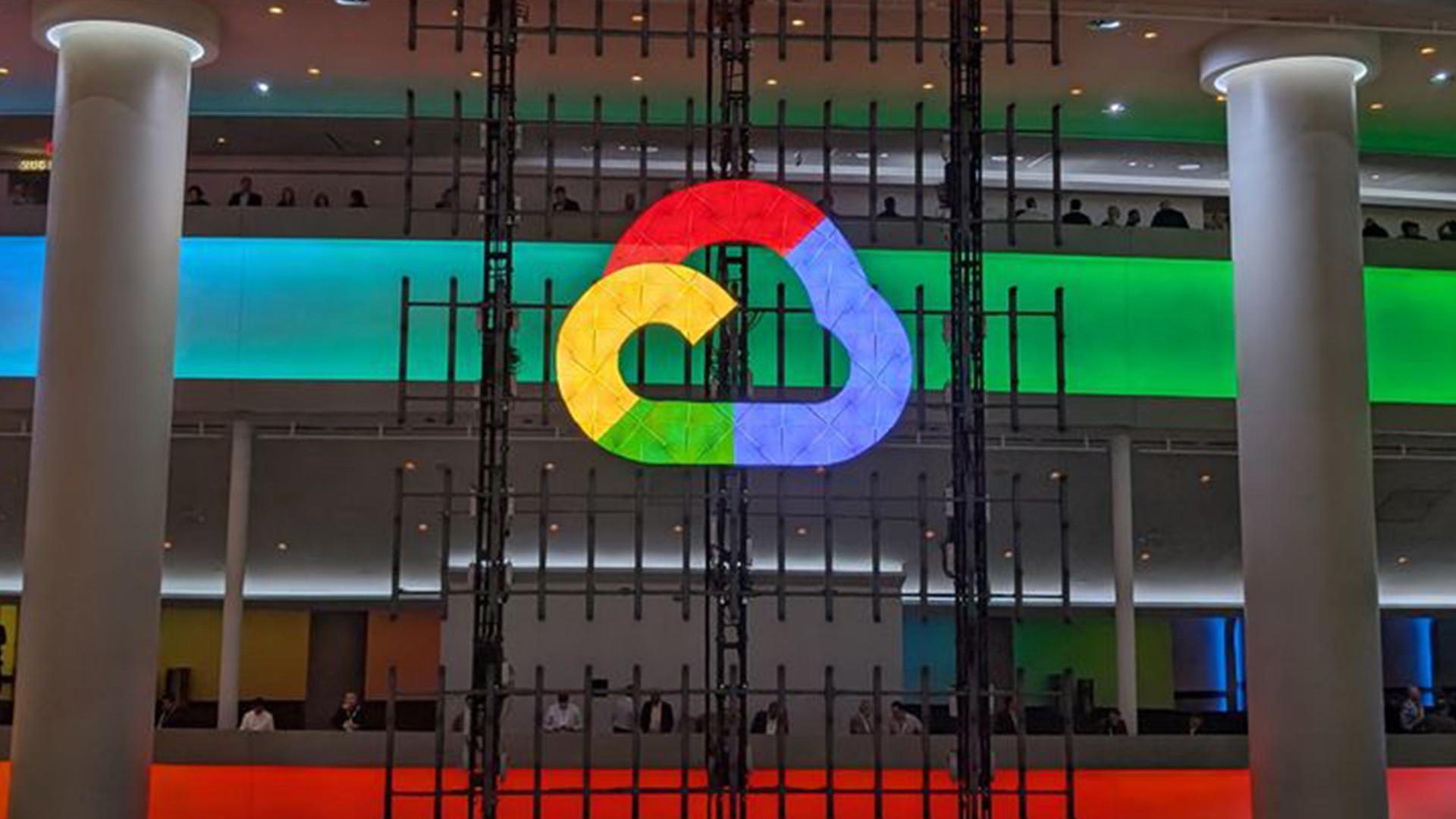 Google Cloud is leaning on all its strengths to support enterprise AI
Google Cloud is leaning on all its strengths to support enterprise AIAnalysis Google Cloud made a big statement at its annual conference last week, staking its claim as the go-to provider for enterprise AI adoption.
By Rory Bathgate Published
-
 What the UK can learn from the rest of the world when it comes to the shift to IP
What the UK can learn from the rest of the world when it comes to the shift to IPSponsored From the Netherlands to Singapore, UK organisations can learn lessons from forward-thinking countries and make the PSTN switchover as seamless as possible
By Keumars Afifi-Sabet Published
-
 The big PSTN switch off: What’s happening between now and 2025?
The big PSTN switch off: What’s happening between now and 2025?Sponsored The challenges of adopting IP telephony can be overcome, but you don't have long to act
By Rory Bathgate Published
-
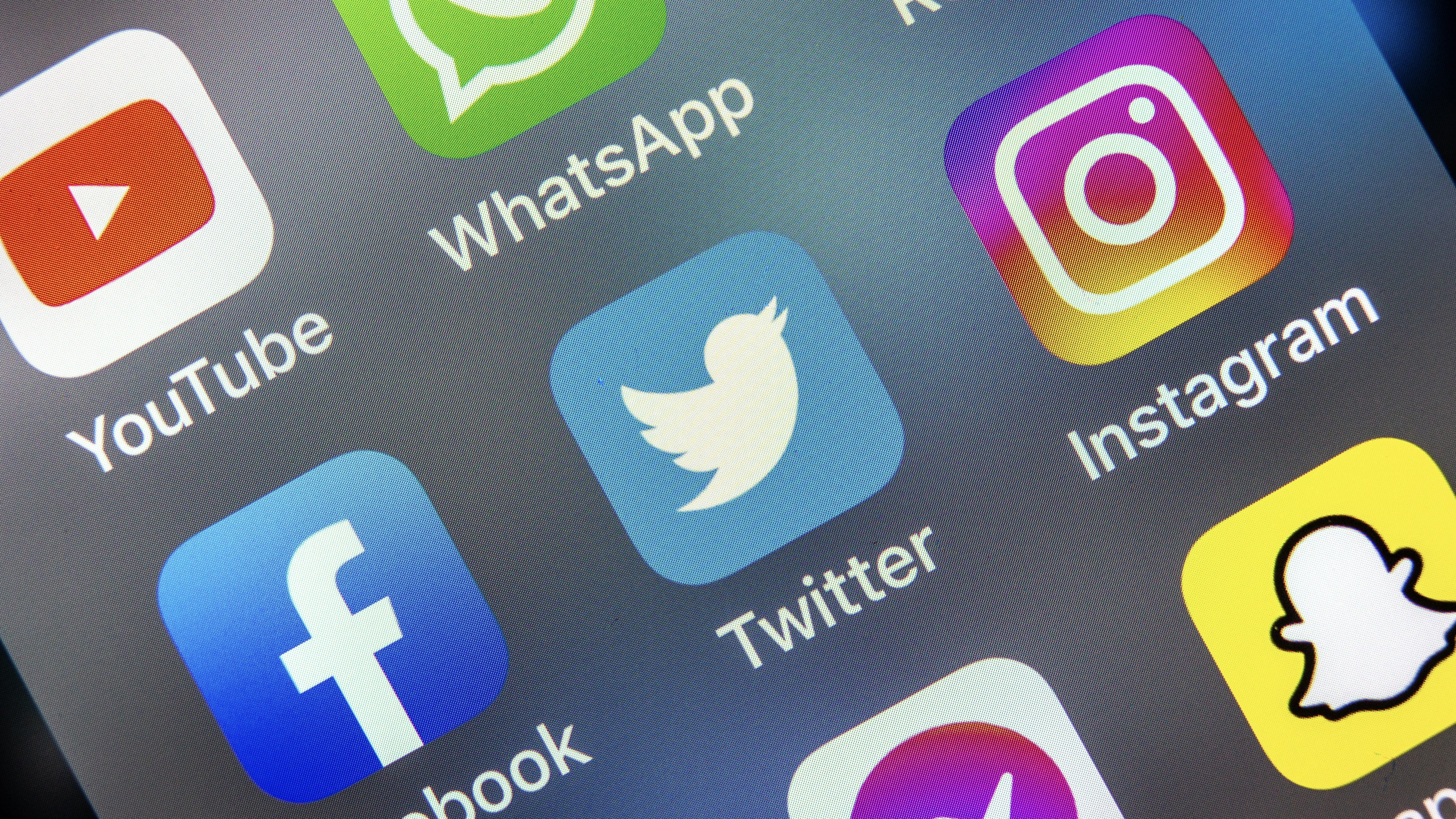 How digital marketing will evolve beyond social media
How digital marketing will evolve beyond social mediaIn-depth Twitter's ongoing destabilisation proves businesses can't rely on social media for digital marketing forever
By Elliot Mulley-Goodbarne Published
-
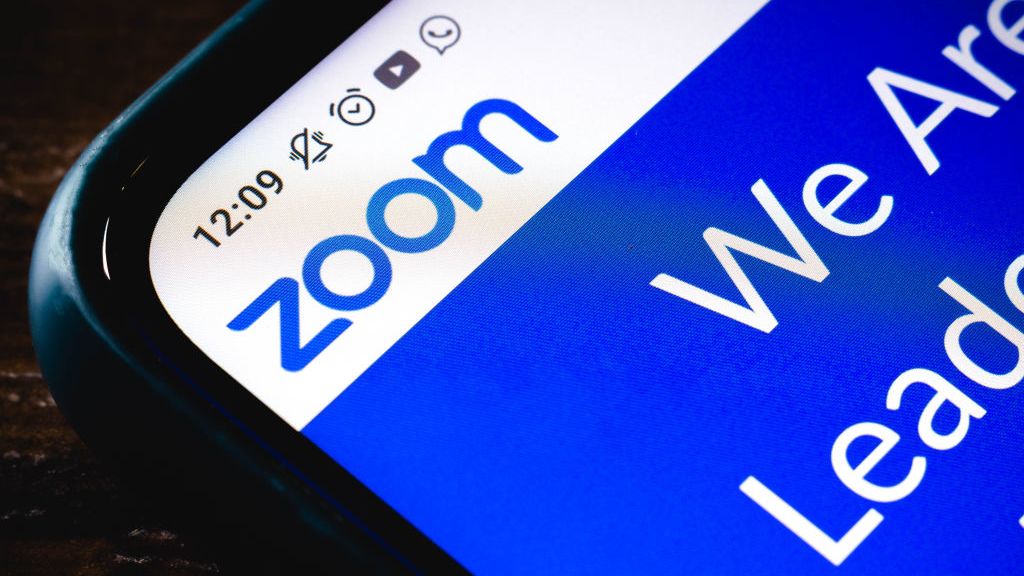 TD Synnex Maverick announces availability of Zoom for partners in Europe
TD Synnex Maverick announces availability of Zoom for partners in EuropeNews Partners now have access to the entire Zoom portfolio, including unified communications platform Zoom One
By Daniel Todd Published
-
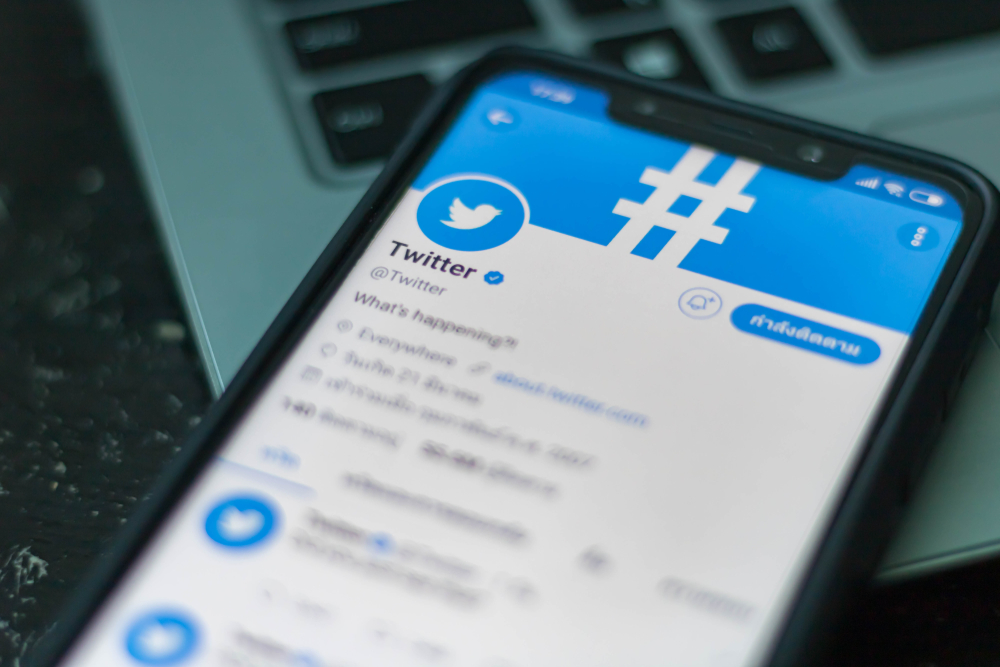 Best Twitter alternatives for businesses and IT professionals
Best Twitter alternatives for businesses and IT professionalsIn-depth With its long-term viability as a networking and commercial space in question, the industry is casting its eye to several Twitter alternatives
By John Loeppky Published
-
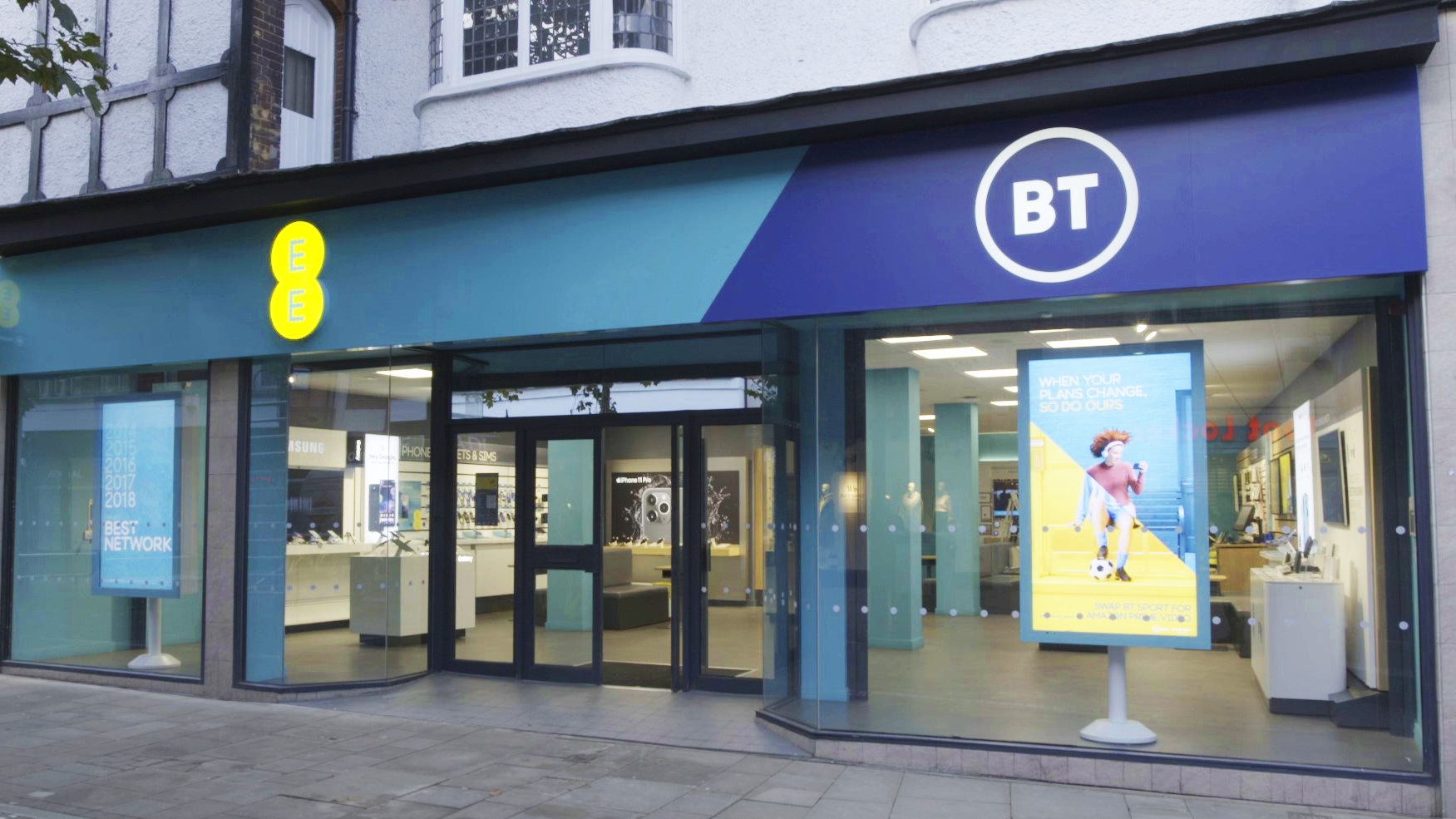 BT Wholesale is bringing EE’s mobile connectivity to partners
BT Wholesale is bringing EE’s mobile connectivity to partnersNews The partnership will provide access to EE’s 4G and 5G networks as the PSTN switch-off approaches
By Daniel Todd Published
-
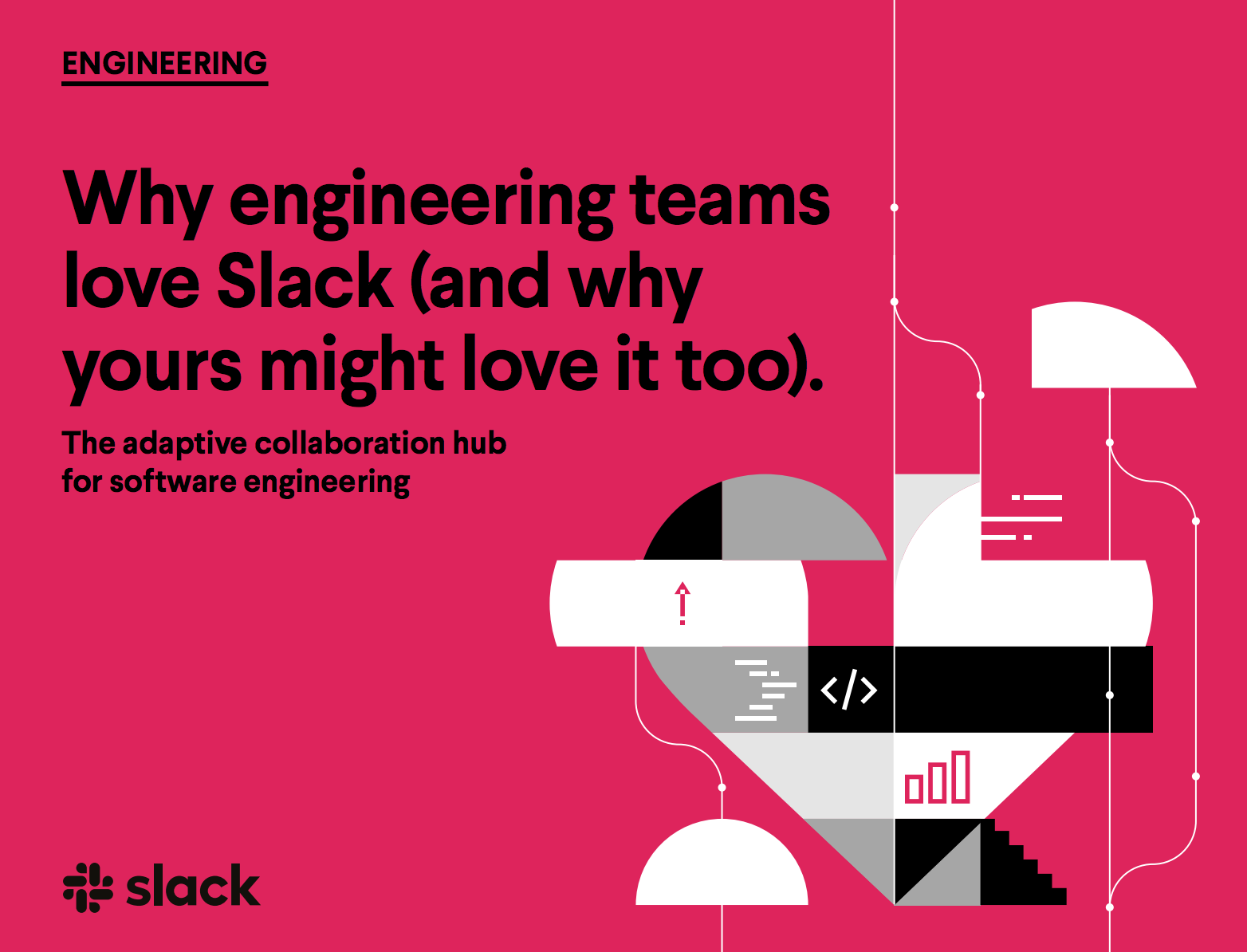 Why engineering teams love Slack
Why engineering teams love SlackWhitepapers The adaptive collaboration hub for software engineering
By ITPro Published
-
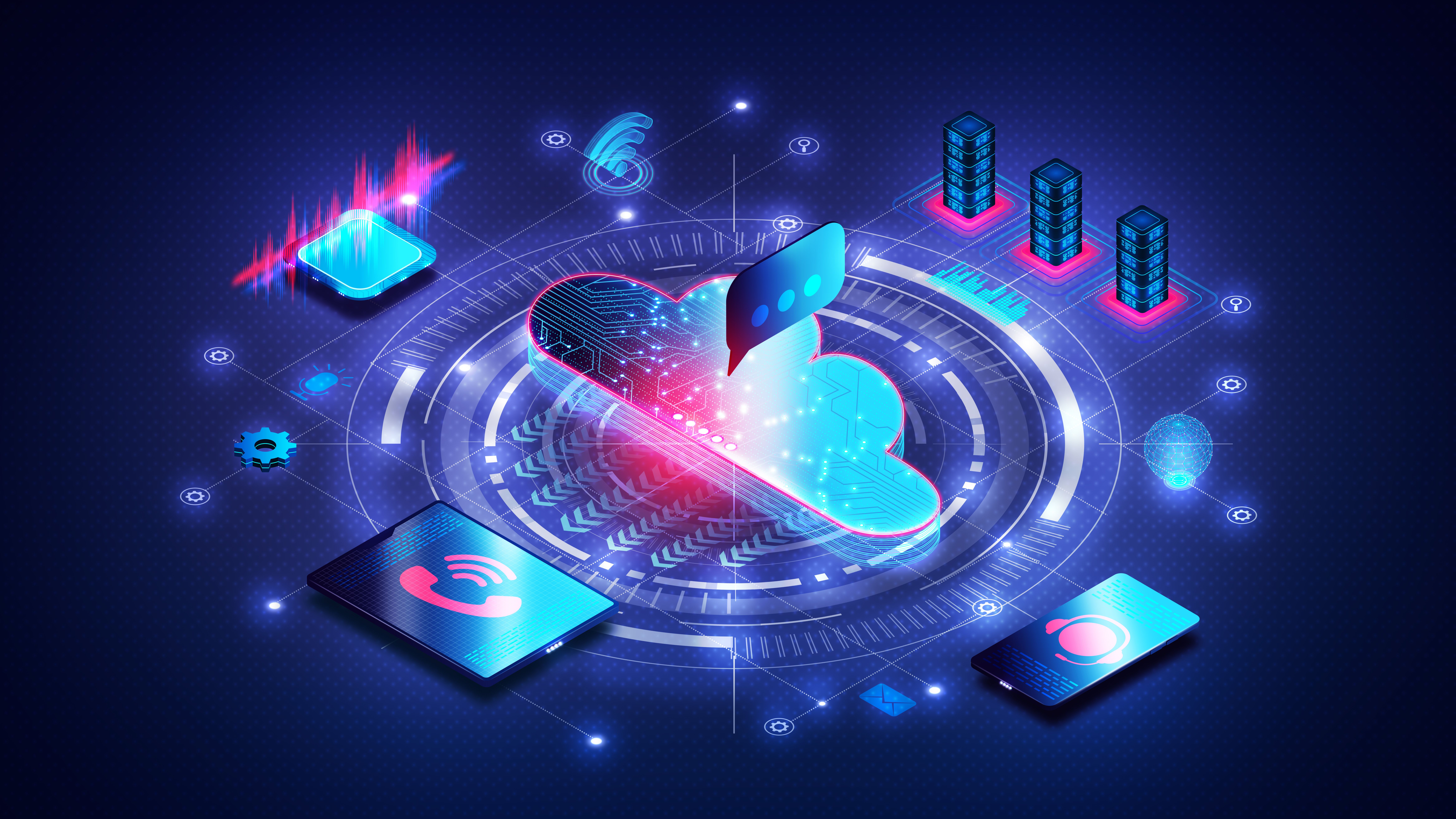 Avaya's Wavenet partnership aims to deliver affordable enterprise-quality UCaaS
Avaya's Wavenet partnership aims to deliver affordable enterprise-quality UCaaSNews The collaboration combines unified-communications-as-a-service (UCaaS) and contact centre-as-a-service (CCaaS) with bundled calls and minutes
By Daniel Todd Published